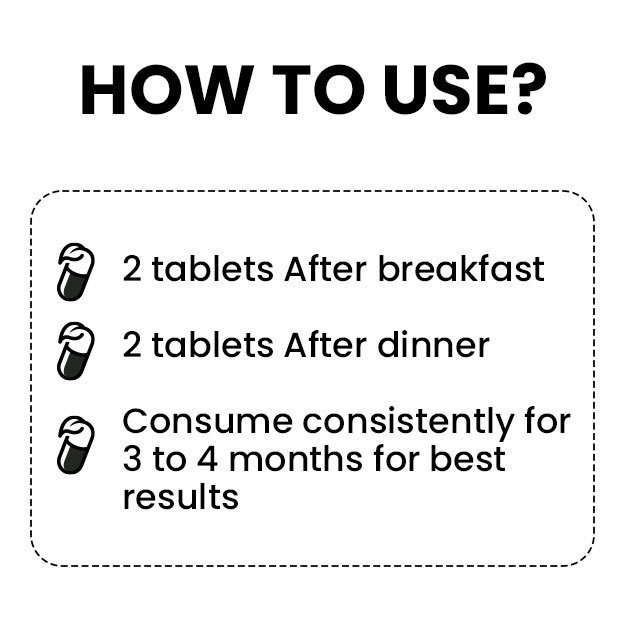Polysomnography is a sleep study used to diagnose sleep disorders. During the test, several body functions are recorded. After the test, the doctor can treat any issues that arise based on the results.
If you want to learn more about how to treat sleep disorders, click on the link provided here.
In this article, you'll learn about what the polysomnography test is and why it's done.
(Read More - Circadian Rhythm Sleep Disorder)

























